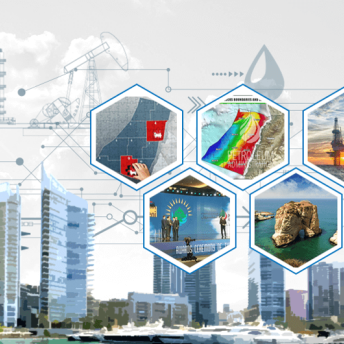Amer Hage Chahine
Partner
Partner mainly focused on Industrial Development and O&G practices - working with major Ministries, Authorities, National Companies, and Private players in the GCC and the Middle East

Areas of Focus
Education
Past Experience

Amer Hage Chahine is a Partner based in our Dubai office in the Middle East market. Amer is a core member of the Energy & Utilities (ENUT) and Industrial Development Practices. During his consulting career so far, Amer has experience supporting clients in the oil & gas, chemicals and industrial goods and services sectors – working with major Ministries, Authorities, National Companies, and Private players in the GCC and the Middle East. Amer’s functional expertise includes supporting clients with corporate and growth strategy, large-scale performance transformation, organization design, and operations management.
Amer is currently leading multiple strategic projects on industrial development with key clients for ADL, shaping the industrial agenda in the Middle East region.
Amer has a bachelor degree in Civil and Environmental Engineering from the American University of Beirut, and a Strategy and Finance certificate from INSEAD. Amer also worked with MIT as a research assistant in their Singapore-MIT Alliance for Research Technology Center (SMART), researching new and innovative technologies for Civil and Environmental Engineering and Transportation Systems.

Balancing sustainability with value creation in metals & mining

Aluminum: The path to green

Seabed mining: A $20 trillion opportunity

Imperatives for sustainable industrial development: The KSA case

Upscaling digital pilots in oil and gas

Building the Lebanese oil sector

Amer Hage Chahine is a Partner based in our Dubai office in the Middle East market. Amer is a core member of the Energy & Utilities (ENUT) and Industrial Development Practices. During his consulting career so far, Amer has experience supporting clients in the oil & gas, chemicals and industrial goods and services sectors – working with major Ministries, Authorities, National Companies, and Private players in the GCC and the Middle East. Amer’s functional expertise includes supporting clients with corporate and growth strategy, large-scale performance transformation, organization design, and operations management.
Amer is currently leading multiple strategic projects on industrial development with key clients for ADL, shaping the industrial agenda in the Middle East region.
Amer has a bachelor degree in Civil and Environmental Engineering from the American University of Beirut, and a Strategy and Finance certificate from INSEAD. Amer also worked with MIT as a research assistant in their Singapore-MIT Alliance for Research Technology Center (SMART), researching new and innovative technologies for Civil and Environmental Engineering and Transportation Systems.

Balancing sustainability with value creation in metals & mining

Aluminum: The path to green

Seabed mining: A $20 trillion opportunity

Imperatives for sustainable industrial development: The KSA case

Upscaling digital pilots in oil and gas

Building the Lebanese oil sector
More About Amer
- INSEADStrategy and Finance
- MITResearcher in Civil Engineering
- The American University of BeirutBachelor of Civil and Environmental Engineering
- Schlumberger Business ConsultingSenior Management Consultant
- Booz & CompanyBusiness Analyst
